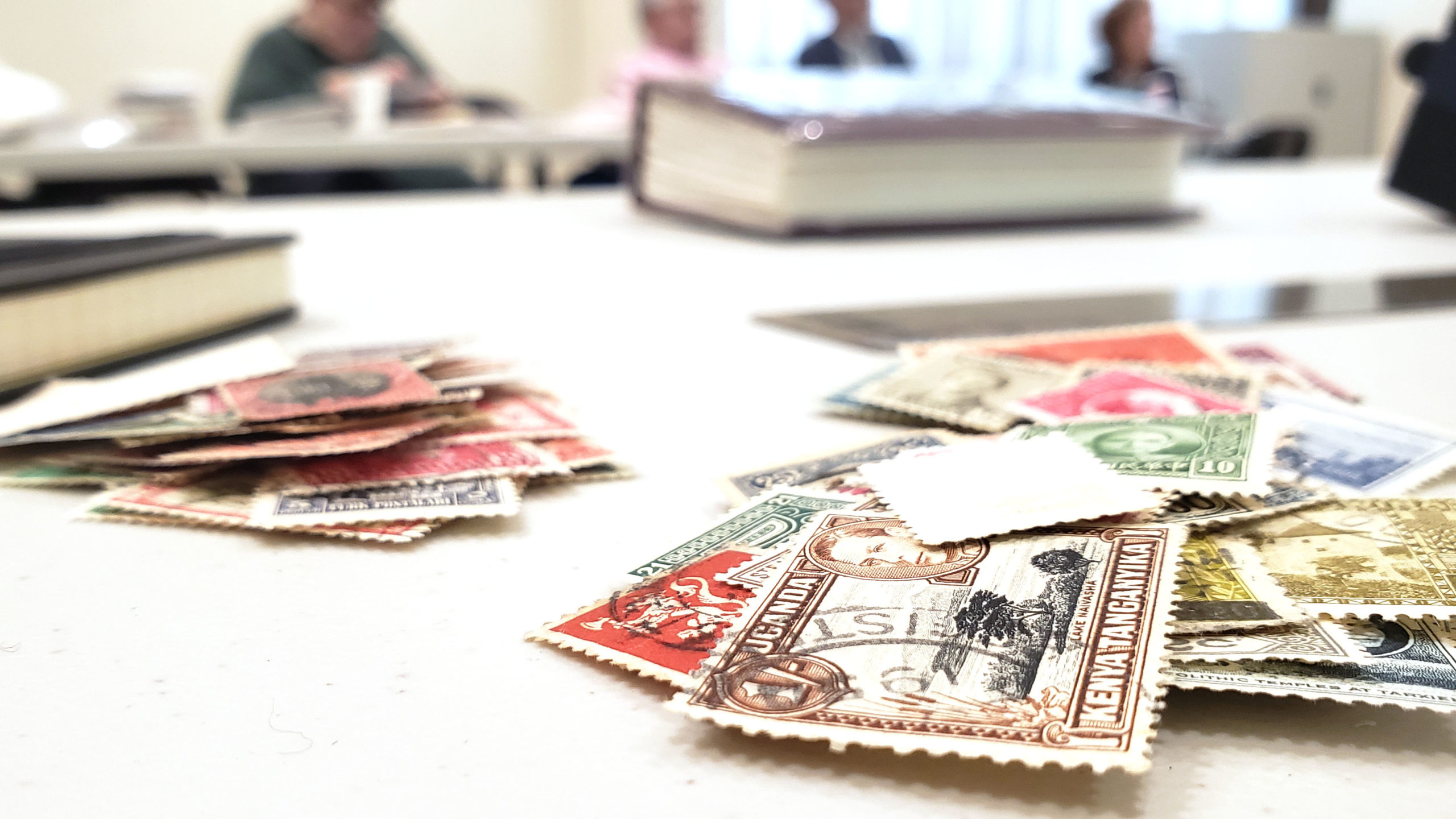Allan Smith’s recent presentation explored a remarkable piece of postal history—a military letter from 1913, sent during the First Balkan War. This rare artifact offers a fascinating glimpse into the turbulent period when Greece briefly controlled territories that would later become part of Albania. Despite the unfinished nature of Allan’s presentation, it provides valuable insights into the complex political landscape and the significance of philatelic markings on this piece of military mail.
The Historical Context: A War-Torn Region
The First Balkan War, fought in 1912-1913, involved Greece, Serbia, Montenegro, and Bulgaria, who sought to expel the Ottoman Empire from the Balkans. As part of this conflict, Greece temporarily occupied territories in what is now southern Albania, including the town of Korçë (then referred to as “Korts” or “Corytsa”).
In February 1913, the letter Allan presented was sent from Korçë, during Greece’s military control of the region. The control of Korçë and its eventual transfer to Albania was determined by an international boundary commission, which drew the border between Greece and Albania, known as the “Florence Line.” The decision to place Korçë in Albania was based on the criterion of language—whether the majority of residents spoke Albanian or Greek at home—rather than religion or political preference.
A Close Examination of the Letter
The letter in question is a military communication, bearing a postal impression that includes the words “Atelēs” (meaning “without tax” in Greek), signifying that the postage was prepaid. This term is of particular interest because it is the root of the word “philately,” which refers to the prepayment of postage. The postal markings on the letter reflect the military context, including a cancellation mark from the Greek army’s Third Division.
Additionally, Allan highlighted a unique restriction on the letter: a prohibition against including any enclosures, such as notes or objects, under penalty of non-delivery. This regulation was common for military or short letters during that time.
The Contested Territory of Korçë
Korçë, the town from which this letter was sent, has a long and contested history. During the First Balkan War, the town changed hands multiple times between Greek and Albanian control. Though Greece initially occupied the town, an international decision later required Greece to cede it to Albania.
This letter was mailed just after the cessation of hostilities in December 1912, during a brief period when Greece still held the town. By 1914, however, control of Korçë had been transferred to Albania, despite the deep disappointment of the local Greek population. Allan provided a map showing how the region was divided, with Korçë falling just above the border that separated Greece from Albania.
Philatelic Insights: Stamps and Markings
The philatelic aspects of this letter reveal the complexity of postal systems during wartime. Allan discussed the overprinted Greek stamps used in the newly acquired territories, including Korçë. The stamps were regular Greek issues from 1911, overprinted with the words “Hellenic Administration” to indicate the temporary Greek control of the area. These overprints are highly collectible, with variations such as double postmarks or missing letters, making them even more valuable.
The letter also featured a military postmark, further indicating its origin during the Greek occupation of the region. The scarcity of such stamps and postal history from this period makes this artifact an exceptional find for collectors and historians alike.
The Brief Use of Handstamps
After the Greek army withdrew from Korçë in 1914, an international control commission briefly managed the town before handing it over to Albania. During this period, no official Albanian stamps were available, so a provisional handstamp was used on mail. Allan mentioned that such handstamps, while rare and valuable, were frequently reprinted later, making genuine handstamped covers from the time hard to come by.
Reflections on the Political and Philatelic Impact
Allan’s presentation underscored the importance of understanding the political and philatelic context surrounding such letters. The shifting borders, military occupations, and international interventions all left their mark, not only on the region but also on the postal artifacts that survive today. Each postmark, overprint, and handstamp tells a story of territorial disputes, war, and the struggle for national identity.
As Allan pointed out, letters like this one offer a tangible connection to the past. They remind us of the people and events that shaped the borders of modern Europe and reveal how postal history serves as a lens through which we can better understand these larger historical forces.
Conclusion
Allan’s presentation, though still a work in progress, highlighted a rare and valuable letter from a critical moment in Balkan history. The letter, with its military postmark, prepaid postal impression, and historical significance, provides insight into the complex interplay of war, politics, and philately during the early 20th century. It serves as a powerful reminder of the importance of preserving such artifacts, which continue to offer new perspectives on the past.
As philatelists and historians work together to piece together the stories behind these stamps and letters, they contribute to a deeper understanding of both the history and the people who lived through it.






